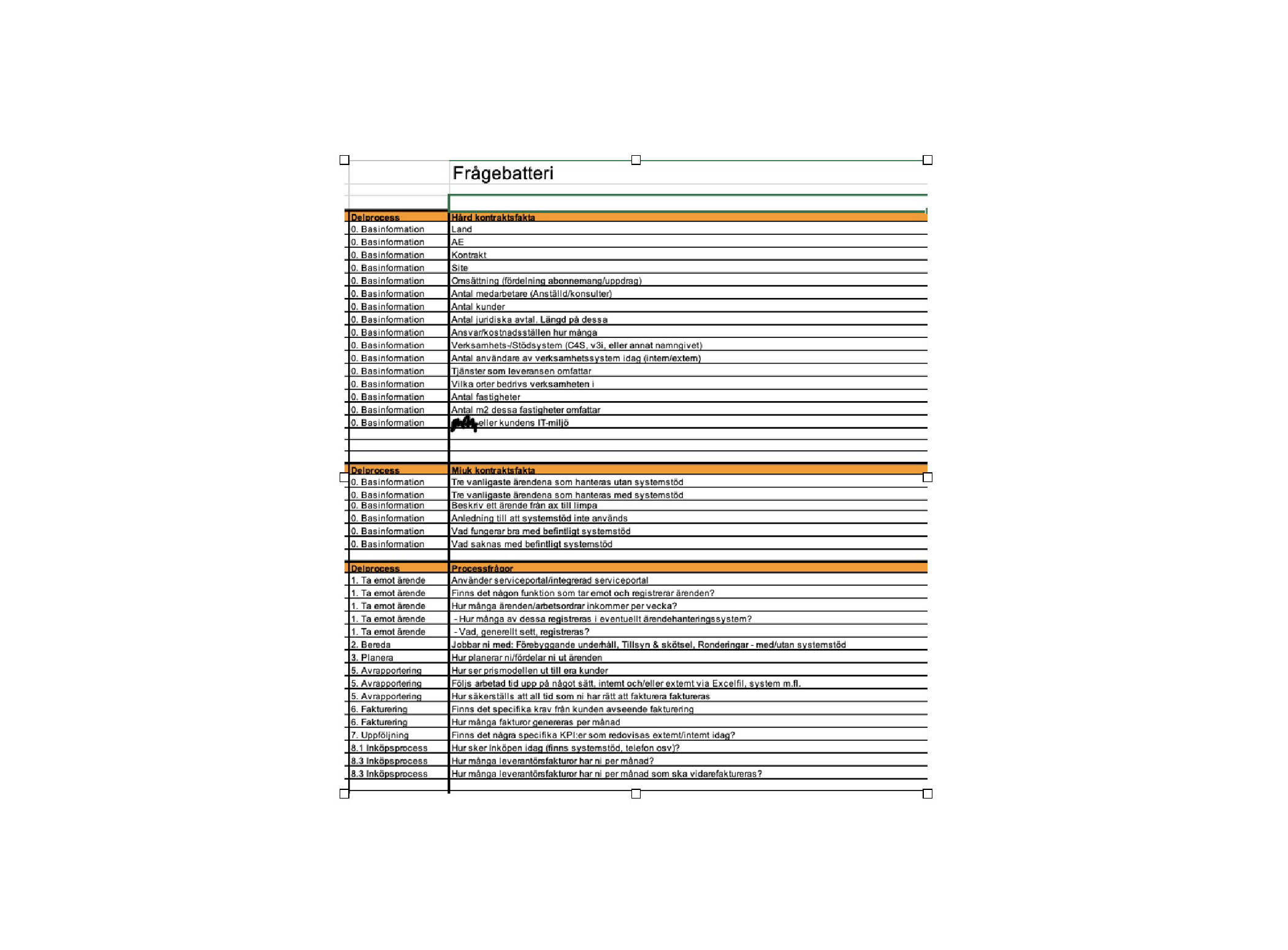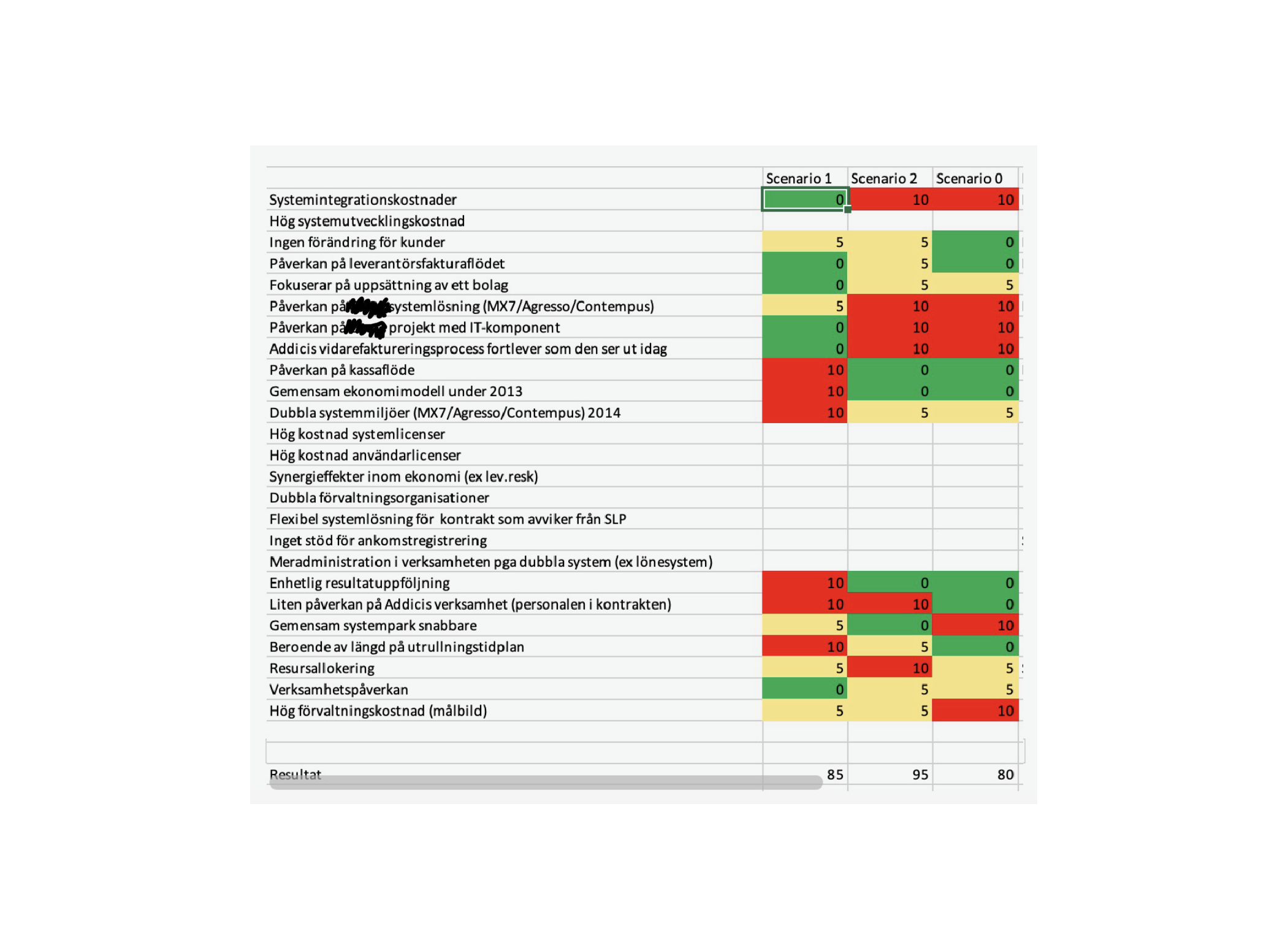How did we start?
Conducted user interviews with 10 site managers and financial managers to be able to understand their core business and the agreements with the end customer.
Went on 5 site visits to emphasize and understand how they used the systems in their context.
Based on the user interviews and site visits, constructed a blue print to map the way of working and which systems was affected and map that to the existing set up. A report with the findings and a recommendation was also created.
Before heading out to do the interviews we prepared a transcript with questions related to the way of working, customer agreements, systems etc.







